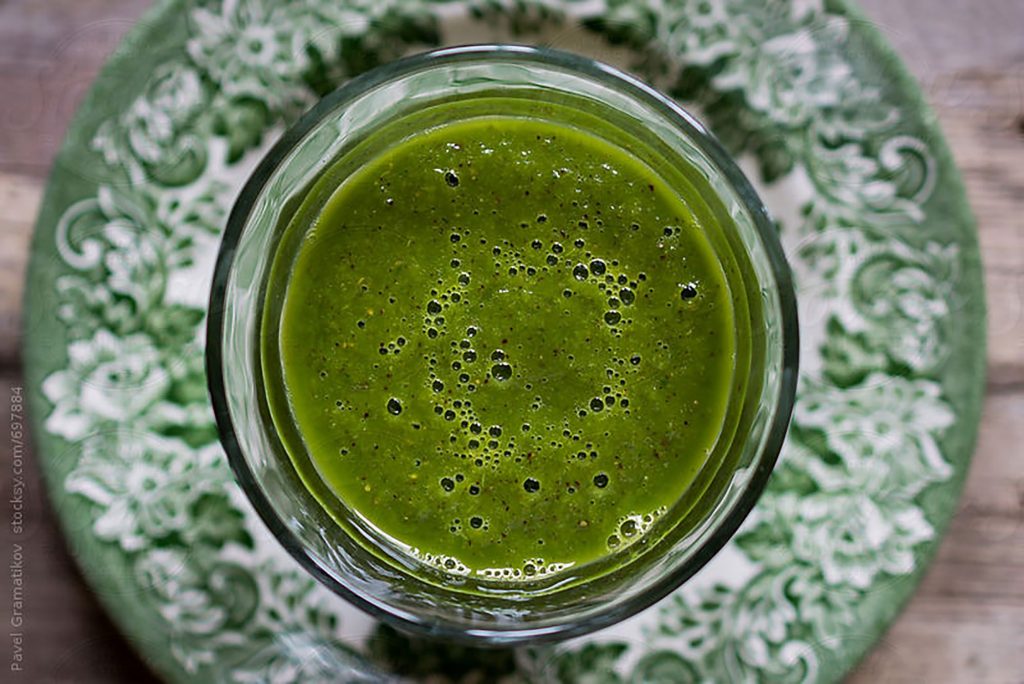
4 Ways You’re Making Smoothies All Wrong
If you’re wondering how you could be making your children’s smoothies (or even your own) more nutritious then read on..
1. You should be using the whole fruit.
There are many nutrients in the skin, pith and sometimes the core of fruit and vegetables that may otherwise not be included.
Skins to include:
Apple: The skins are a good source of vitamin A and are extremely high in vitamin C. As much as 50% of the vitamin C in the fruit can be found in the skin. The skin also contains fibre, antioxidants, and quercetin, a flavonoid that is purported to have anti-inflammatory properties. It’s best to use organic apples though due to pesticide residues in non-organic.
Apricot: Apricot skins are a good source of vitamin C and beta-carotene.
Grape: Grape skins are great for you and contain up to 100 times the concentration of resveratrol compared to the grape pulp. Resveratrol is a phytochemical that has been linked to the inhibition of cancer, heart disease, and even Alzheimer’s. Again, it is best to buy organic grapes due to pesticide residues in non-organic.
Pear – The skin is a good source of vitamin C and chlorogenic acid, an important antioxidant. Try to buy organic only.
Plum: skins contain fibre, vitamin C, beta-carotene, and antioxidants.
Pith to include:
Lemon – The pith is extremely high in vitamin C and contains vitamin B6 and fibre too.
Orange – There is almost as much vitamin C in its pith as the rest of the fruit, as well as fibre, pectin, bioflavonoids, and antioxidants.
Cores to include:
Pineapple – The healthiest part of a pineapple is its core which is loaded with bromelain, an enzyme which acts as a natural anti-inflammatory. Vitamin C, fibre, manganese, and copper can all be found in the core as well.
2. You should be using a high powered blender
Juice made in a high powered blender is quick to make and is easily absorbed as they easily break down the cell walls of fruits and vegetables so that they are pre-digested already. This means that the power-packed nutrients are getting directly into your child’s system.
High powered blenders also provide a wonderfully easy way for to get the recommended servings of greens into your children too. Let’s face it, no one wants to be eating four cucumbers and three bunches of spinach at any time of day but juicing enables you to get a healthy amount of vegetables in to your children in one go.
Using greens in juicing oxygenates the body due to the addition of chlorophyll and enables the body to release stored toxins. Ingesting chlorophyll means iron level are elevated and circulation improves which in turn means more energy.
3. You should be adding protein to their smoothies
The addition of protein to a smoothie means blood sugar levels don’t rise as much as they might otherwise. Fruit is after all a sugar and without the addition of protein it can cause a short-term only burst of energy followed by an energy slump. Adding the protein blunts the rise of the blood sugar and inhibits the release of insulin into the blood. Some ideas for additional protein include – yogurt, kefir, seeds, seed butter, nuts, nut butter, oats or quinoa flakes.
4. You are not using enough variety in terms of fruit and vegetables.
A range of brightly coloured fruit and vegetables means a range of antioxidants.
 An easy way to explain the power of antioxidants to children is by using this analogy. Most children know the game Pac-Man. If you can ask them to think of the dots in Pac-Man as ‘free radicals’ that are produced in response to environmental toxins and eating less nutritious foods (fried food, fast food etc). If they produce too many dots (free radicals) then they end up getting ill. So we need a really strong and healthy Pac-Man to come along and eat up the dots (free radicals). The healthy Pac-Man is made of brightly coloured fruits and vegetables (antioxidants). So long as they keep eating lots of vegetables and some fruit in a variety of different colours they should be able to keep Pac-Man busy doing the job of eating dots.
An easy way to explain the power of antioxidants to children is by using this analogy. Most children know the game Pac-Man. If you can ask them to think of the dots in Pac-Man as ‘free radicals’ that are produced in response to environmental toxins and eating less nutritious foods (fried food, fast food etc). If they produce too many dots (free radicals) then they end up getting ill. So we need a really strong and healthy Pac-Man to come along and eat up the dots (free radicals). The healthy Pac-Man is made of brightly coloured fruits and vegetables (antioxidants). So long as they keep eating lots of vegetables and some fruit in a variety of different colours they should be able to keep Pac-Man busy doing the job of eating dots.
Red vegetables and fruit:
Red berries and other red fruits; raspberries, cherries, red apples, and strawberries are excellent sources of antioxidants.
Red tomatoes have a specific kind of antioxidant that is particularly important for prevention of future health problems, in particular certain types of cancer.
Resveratrol has been shown to decrease the growth of cancer cells, help nerve cells stay healthy in diabetics, and also decrease heart disease by helping to maintain blood vessels. You can find resveratrol in red grape skins.
Blue and purple vegetables and fruit:
Plums, blackberries, blueberries are all rich in anthocyanins which have strong antioxidant properties.
Orange and yellow:
Beta-carotene, an antioxidant that is thought to help protect against eye disease and some forms of cancer. Try orange foods like carrots, pumpkin, and winter squash. Orange and yellow fruits that contain ample antioxidants include nectarines, oranges, lemons, peaches, and grapefruit.
Green vegetables:
Broccoli packs an extremely healthy punch. Broccoli contains lots of sulforaphane, an antioxidant that has been receiving a lot of attention from researchers lately because it helps the body get rid of toxins, supports the immune system, and can even slow down tumours.
Leafy greens contain lots of iron and vitamin K.
